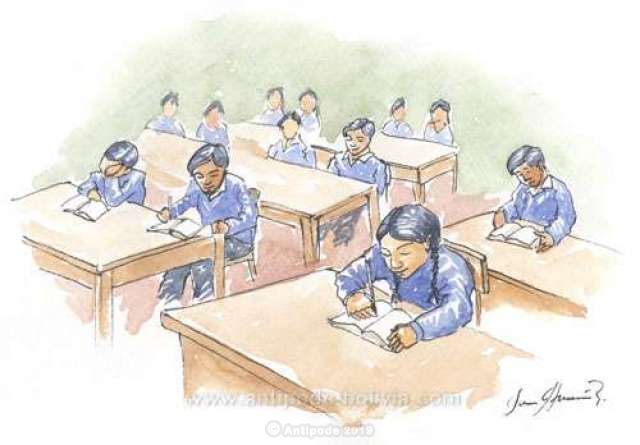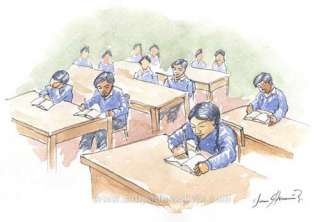

Education in Bolivia
As for the health sector, problems of education are to be
considered according to the rural or urban area. The national analphabetism is
higher than 13%, one of the most important average in Latin America. This
number reaches until 25% in rural areas. In the campaigns, the studies duration
is about 4.2 years, in opposite with 9.4 in cities.
These difficulties often come from the fact that farmers’
families need the kids to help in order to live and to send the beasts eat in
the fields when the parents work in the city or at home, to participate to
harvest etc…, which causes an absenteeism rate at school that is quite
significant.
The other difficulties for these families are the language and
culture barrier. Often, teachers working in rural areas do not speak the
children’s language, which makes the apprenticeship of Spanish quite difficult
before to enter to the profound teaching and the cultural misunderstandings highly limit the chances to
integrate institutions of secondary or advanced education.
Moreover, the teachers’ training levels are often very poor,
good or old teachers mainly won the right to stay in the city.
Girls are, for the majority, the most underprivileged. If a
family does not have the sufficient money to send all the children to school,
the education for sons is privileged before girls. Women analphabetism is, on
national average, at 18.4% (remember the national average of 13 %...).
Essentially, most of children end the primary school, but rarely
the secondary and young girls are regularly in a disabling situation such as
getting pregnant very early because of a real lack of education and access to
sexual health. With a child when you are 17 years old, there are few chances to
achieve the secondary level.
There have been several and regular attempts
to modify the educative system during these last ten years. The arrival to
power of Evo Morales marked new priorities in these attempts to reform. It is
necessary to decentralize control on educative institutions in order to give to
every region the possibility to manage both style and content of the education,
establish a bilingual and intercultural teaching (privilege teachers coming
from indigenous peoples) and improve the teacher’s training course.
But the political instability, social contestations and above
all the resistance of the Teachers’ Union make the changes long and difficult,
perhaps inconsistent. Especially when the government budget dedicated to
education, 10% today, should be substantially increased in order to execute the
reform. Nevertheless, it seems that political commitment still misses a little
bit to achieve the objectives.



